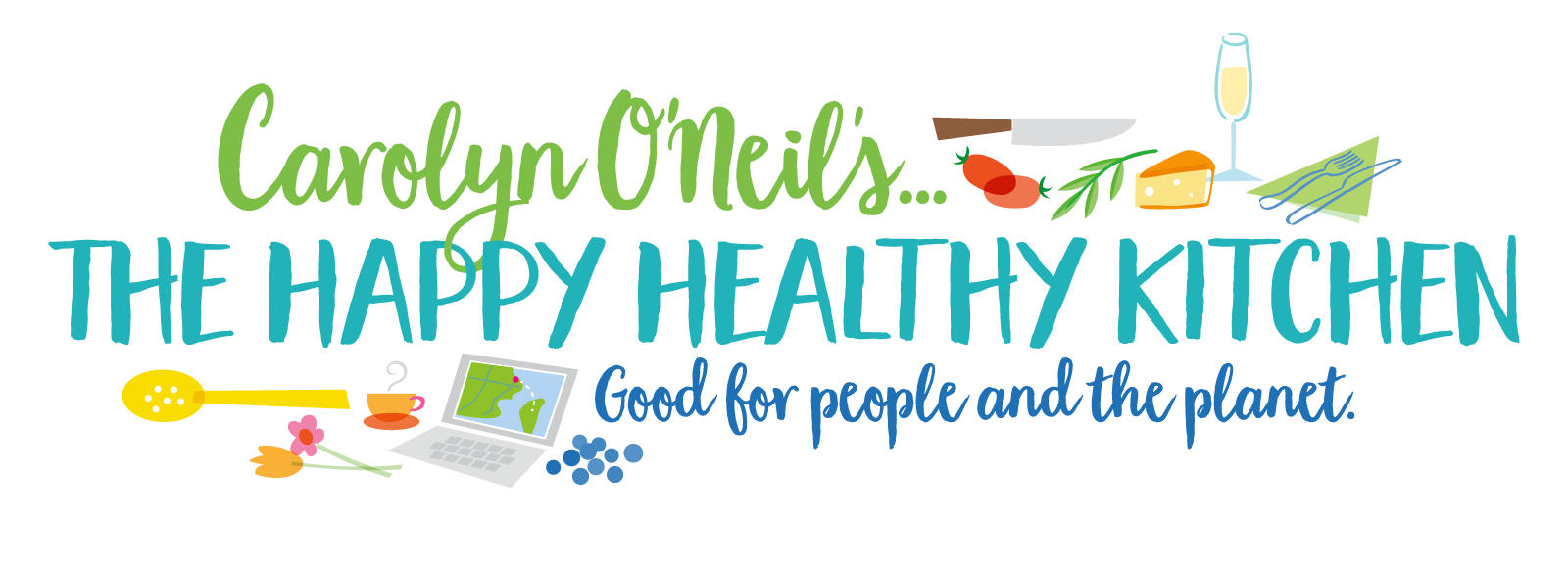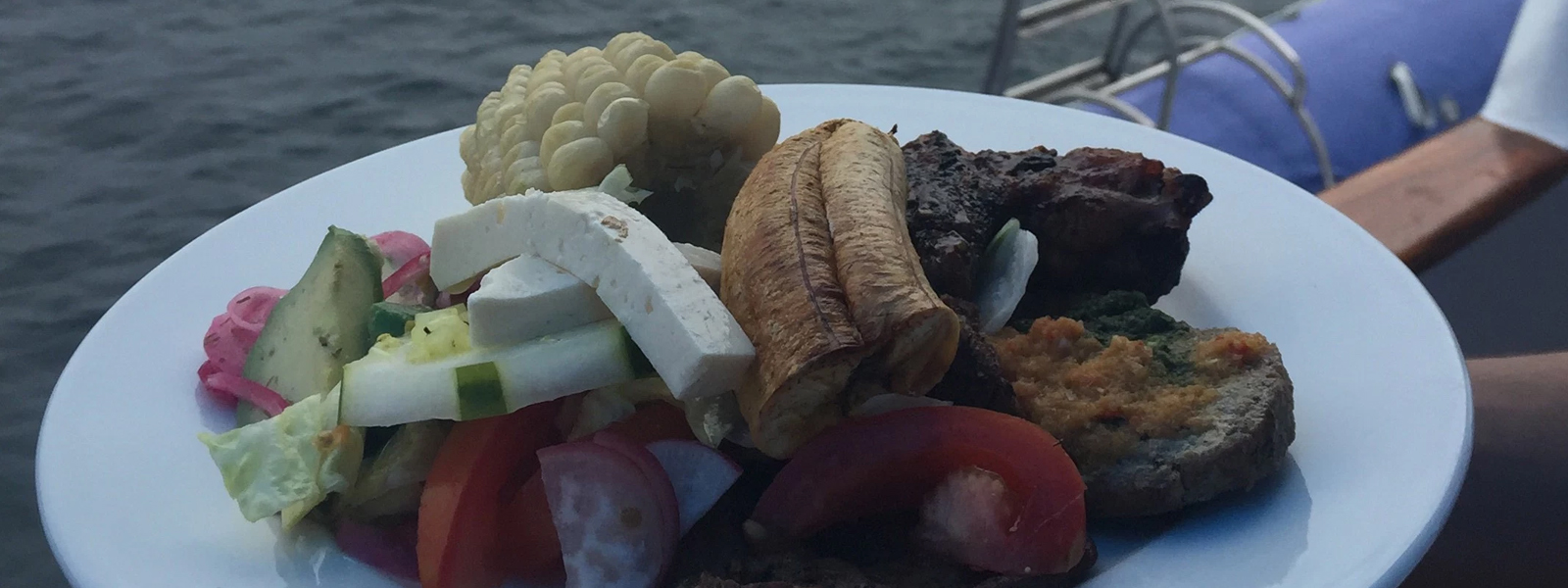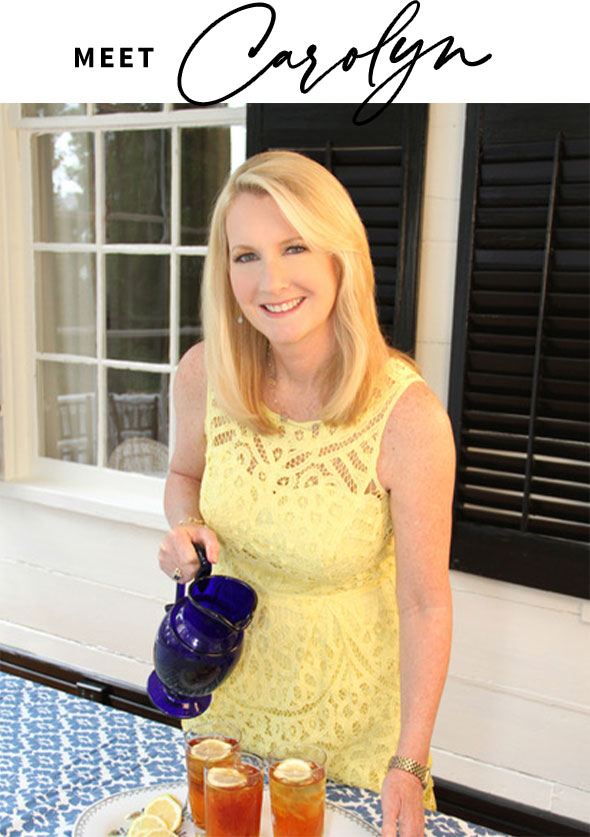February 10, 2017
Galapagos Eco Gourmet
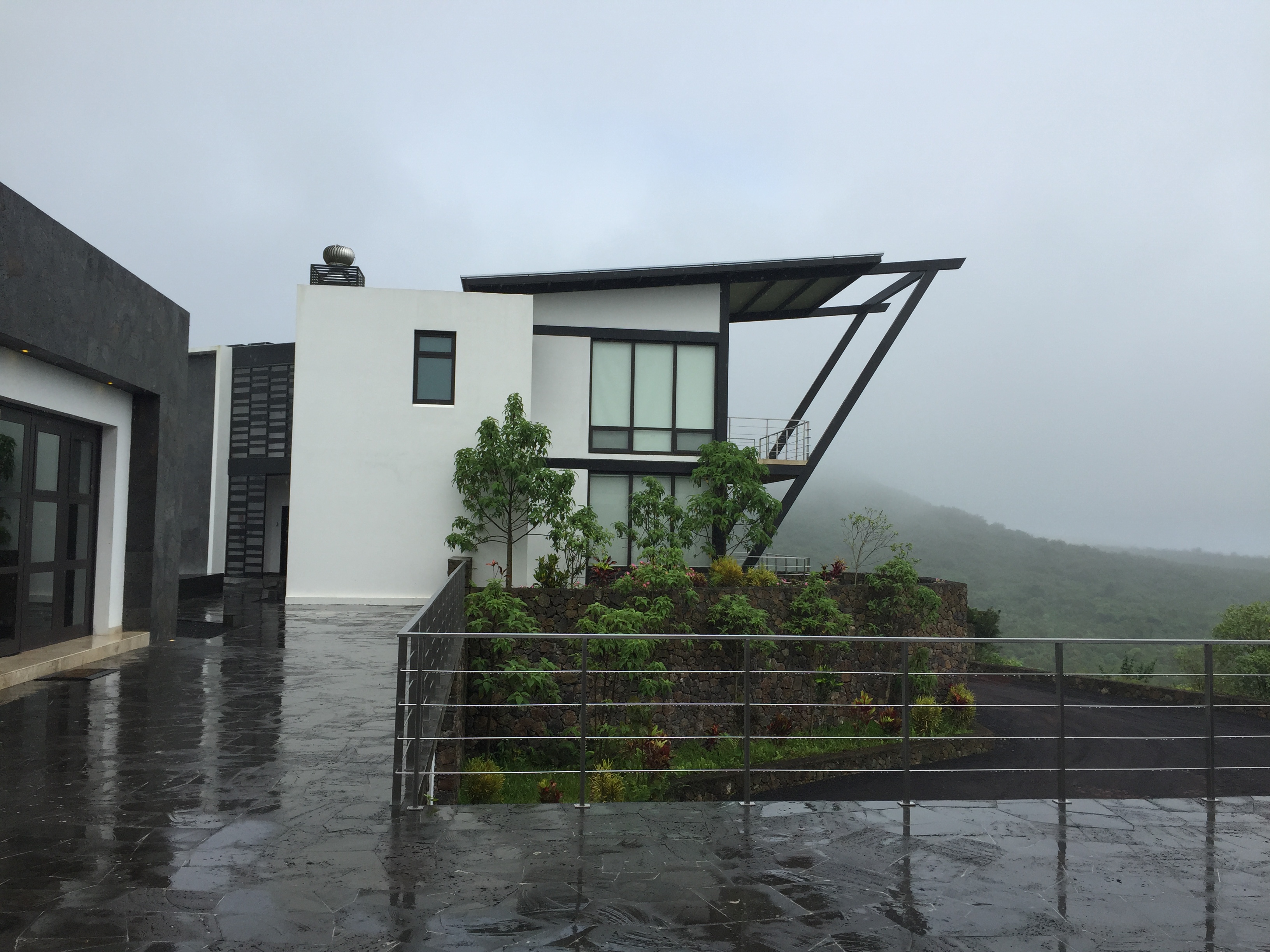
Looking for a getaway adventure that combines swimming with sharks and penguins ( I’m not kidding) and the delicious discovery that sustainable agriculture in a delicate ecosystem requires farmers, fisherfolk and chefs who care about people and the planet?
Let’s go to the Galapagos!
Imagine if your grocery list was edited to remove foods considered a threat to the balance of nature in your own backyard.
That’s the culinary challenge Norman Brandt faces everyday as executive chef of
the Pikaia Lodge in the Galapagos Islands.
“When I got the position I made a list of ingredients I needed for the kitchen and I was told you can’t bring those in,” said Brandt.
No blue cheese, no cherries, no chia seeds and no imported citrus to name just a few of the foods tightly restricted by Ecuador’s biosecurity regulations for the Galapagos.
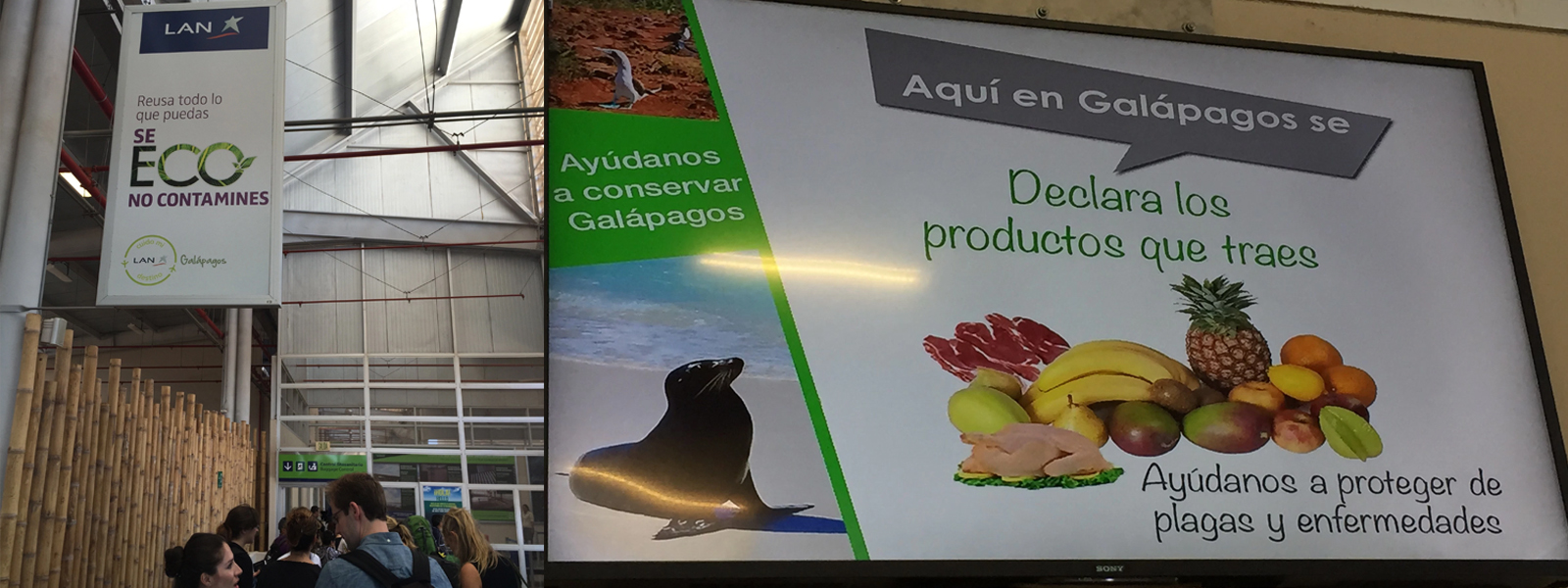
The goal is to prevent the introduction of invasive species and pests that could threaten indigenous plants, many vitally important to the islands’ world famous wildlife.
The Galapagos Islands have become a mecca for ecotourism attracting over 250,000 visitors a year who arrive with binoculars and cameras in tow ready to spot giant tortoises, sea turtles, penguins and unique birds including the blue-footed booby.
Galapagos National Park rules control the number of people and time limit spent in wildlife areas and you must stay at least six feet away from the creatures.
Birds don’t fly away when you walk by and curious cute baby sea lions hop towards you.
“They thrive because there are no predators here,” said Andrew Balfour, general manager of the boutique eco-property Pikaia Lodge where rooms include a copy of “The Origin of Species” by Charles Darwin.


Guests drink in the DNA Bar…

….and dine in the Evolution dining room.

“The magic of the Galapagos is that you see nature in an intimate way and see how the adaptation of the species is crucial from island to island,” says Balfour.
 Chef Brandt, from mainland Ecuador, has enthusiastically learned to adapt to his new environment by getting to know local farmers, discovering wild cherry tomatoes and showcasing Galapagos seafood including tuna, grouper, octopus, and spiny lobsters.
Chef Brandt, from mainland Ecuador, has enthusiastically learned to adapt to his new environment by getting to know local farmers, discovering wild cherry tomatoes and showcasing Galapagos seafood including tuna, grouper, octopus, and spiny lobsters.
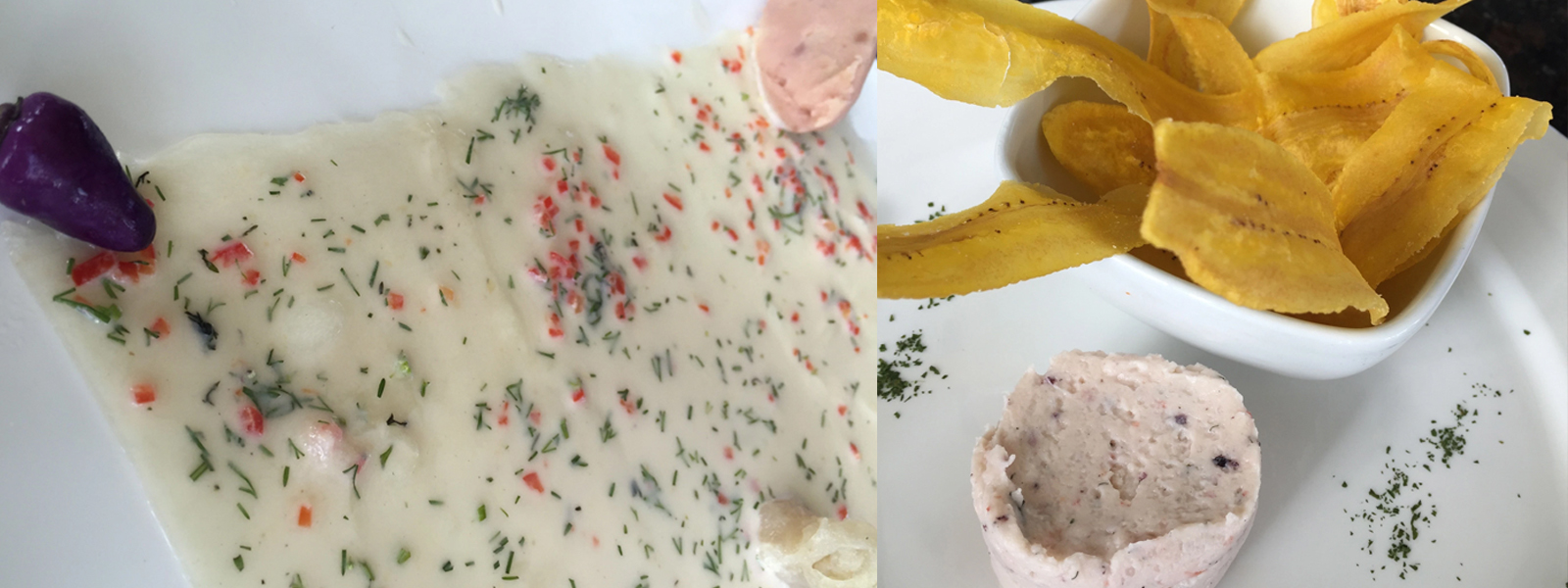
On the menu is a seafood Carpaccio with peppers from chef Brandt’s kitchen garden and the crunch of yucca chips with seafood terrine. Some imported foods are allowed but restricted and undergo close inspection. Chef Brandt has to make his grocery list at least 9 days in advance,
Avocado, passion fruit, and oranges are grown here planted by early settlers.
Dairies produce milk but only fresh cheeses.
“So I’m trying to make my own aged cheese,” said Brandt.
He showed me a small wheel of yellow cheese. “I want to wait for two or three months more. It’s an experiment so we’re all learning about it.”
He makes his own red wine vinegar and ages the local grass fed beef so it’s more tender.
Traditional tastes of Ecuador at the Pikaia Lodge including a quinoa risotto and Arriba chocolate mousse with passion fruit chili coulis add a gourmet touch to Galapagos adventures. What’s a pikaia? It’s the first organism discovered with a spine. See the design with little dots in the dessert above? That’s a pikaia.
Getting to the Galapagos and Getting Around
…more to come…..
Galapagos Glam – no vortex left behind!



